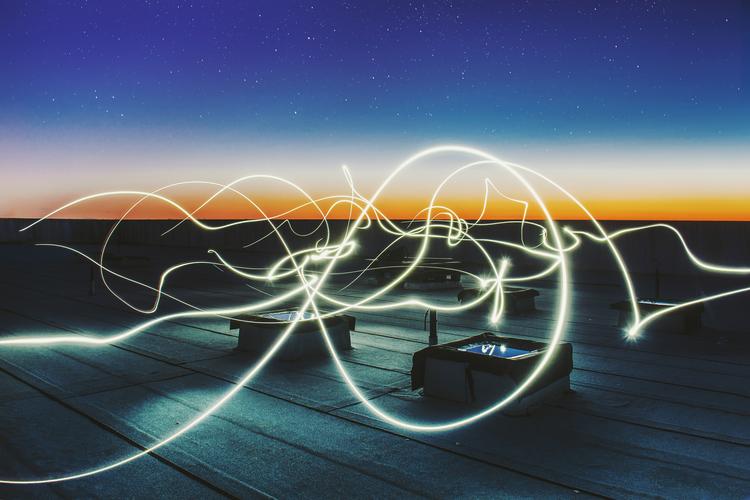Ann Arbor (Informed Comment) – The renewables revolution around the world has depended primarily on wind, hydro, and solar. A fourth factor is now swiftly emerging as essential, that is, mega-battery storage. Batteries store energy when the wind is blowing or the sun is shining, to release it when those sources decline.
California has so much solar energy that it faces a difficulty in the late afternoon when commuters get home from work and turn up the air conditioning and start cooking supper. At precisely this moment, the sun begins going down and solar arrays provide less energy. In August 2020, this mismatch caused brownouts or rotating power outages. Ordinarily the late afternoon decline of solar and spike in usage was covered by peaker gas plants, but a heatwave that year overwhelmed this system. The peaker gas plant is not an ideal solution, since firing up these plants emits a great deal of carbon dioxide and other noxious chemicals that are bad for people’s health.
So it is good news that AES Corp. just closed down its Redondo Beach Generating Station, which could put out 1.3 gigawatts of power. Demand for its power had been weak in recent years, except that it was used as a peaker plant when solar sources declined.
So what can replace these dangerous peaker gas plants that threaten the planet with greenhouse gases?
Batteries? Batteries.
And boy does California now have batteries.
The office of Governor Gavin Newsom this fall pointed out, “California has increased battery storage by 757% in only four years, and now has enough to power 6.6 million homes for up to four hours.”
Photo by Federico Beccari on Unsplash
At the end of the 3rd quarter, 2023, the state had 6.6 gigawatts of battery storage, and was expecting to have 8.5 gigawatts by the first of this year.
That is the most of any state, though Texas is also developing its battery storage. By the end of 2025 analysts are anticipating 40 gigawatts of battery storage nationwide.
There has been no repeat of the 2020 August electricity outages now that the state’s battery capacity has grown so much. It just needs to grow six-fold to enable 100% renewable electricity.
The support in the federal Inflation Reduction Act for renewable energy is expected to give a major boost to battery technology and installations.
Individual batteries are also getting bigger and bigger. Battery installations in California are now planned to be 100 megawatts each. Ten of these makes a gigawatt or a billion watts, enough to power 750,000 homes.
New technologies are now emerging, as well. The California Energy Commission has just awarded a $100 million project for a “5 megawatt (MW) / 500 megawatt-hour iron-air battery storage project is the largest long-duration energy storage project to be built in California,” according to the agency’s web site. The battery can go on releasing energy for 100 hours in a row. California batteries now typically discharge over 4 to 6 hours.
PBS’s Nova explains, “Humans have known for millennia that when water, oxygen, and iron mix, they create rust. We’ve learned more recently that that reaction also releases energy. Iron-air batteries capture that energy and turn it into electrical current—then recharge by reversing the reaction, “unrusting” the iron and returning it to its metallic form.”
People who worry about the limitations of the lithium ion battery may be thinking short term — new technologies are swiftly emerging and batteries are clearly becoming a cutting edge area of research and development.
California now uses almost no coal. It clearly can cut fossil gas use substantially in the coming decade. And electric vehicles are cutting petroleum use. Fossil fuels are on their way out, and California, the world’s fifth largest economy, is showing the way to 100% renewables.




 © 2025 All Rights Reserved
© 2025 All Rights Reserved